This post may contain affiliate links. If you click through a link and make a purchase, I may receive a commission at no additional cost to you. As an Amazon Associate, I earn from qualifying purchases. Read the full disclosure here.
Have you ever noticed a stiff neck after long stints on your phone and just dismissed it as par for the course?
It might be tech neck, and yeah, it’s a thing.
Tech neck, aka text neck, is a not-so-affectionate term for neck pain and other symptoms resulting from constantly looking down to use technology, primarily handheld tech like cell phones, tablets, or even laptops.
Since technology is here to stay, what can you do to stop text neck pain in its tracks?
It turns out, a lot. This article is full of the best exercises for tech neck, plus all the prevention tips you can handle.
Disclaimer: This content is for educational purposes and is not medical advice. Read the full disclaimer.
The 7 Best exercises for tech neck
Minding your posture is great, but nothing is more effective on pain than bringing some movement into your day.
Friendly reminder that not all exercises are suitable for everyone, and you should see a physical therapist for exercises specific to you.
1. Cervical retraction
For such a subtle neck exercise, many have a lot of difficulty with this movement. You also may hear this exercise referred to as a “chin tuck,” which is somewhat misleading.
Remember that picture of how heavy the head is when it’s leaning forward?
This exercise focuses on retracting it back over the spine and getting at that annoying pain down the length of the shoulder blade.
A mirror is a great place to practice for visual feedback as most people make the mistake of tucking their chin and looking down. Cervical retraction is a translation backward, not a nodding motion.
How to perform
- Sit or stand upright
- Retract your head over your spine without tilting your head up or down
- If looking in a mirror, your face should remain level, and you should be able to look yourself in the eye easily, making a “double chin”
- Keep the jaw soft; avoid opening the mouth.
- The deep neck flexors perform this motion. There should be a sensation in the muscles alongside the throat while performing this motion. Pressing the tongue to the roof of the mouth can increase the recruitment of these muscles.
- Hold for 5 seconds and repeat 10x.
2. Cervical range of motion
Cervical range of motion (ROM), especially extension, helps to counterbalance excessive flexion. Retracting the head over the spine helps to decrease the weight of the head.
Extension (looking up) and rotation (looking over your shoulder) are common motions to lose if you never perform exercises to maintain those ranges.
Regularly moving your joints and soft tissues through full ROM can help maintain the natural curve of the spine and keep muscles from feeling tight.
How to perform
- Only move in pain-free ranges.
- For flexion – look down and try to touch your chin to your chest (without opening the mouth)
- For extension – look up at the ceiling as far as is comfortable.
- For rotation – look over each shoulder.
- For side bending – tilt your ear toward your shoulder.
- Move slowly in and out of each motion 5-10x each.
3. Cat-cow
Cat cow helps bring some gentle movements into the entire spine. It mobilizes several areas at once and is a great bang for your buck if you’re short on time but need to stretch.
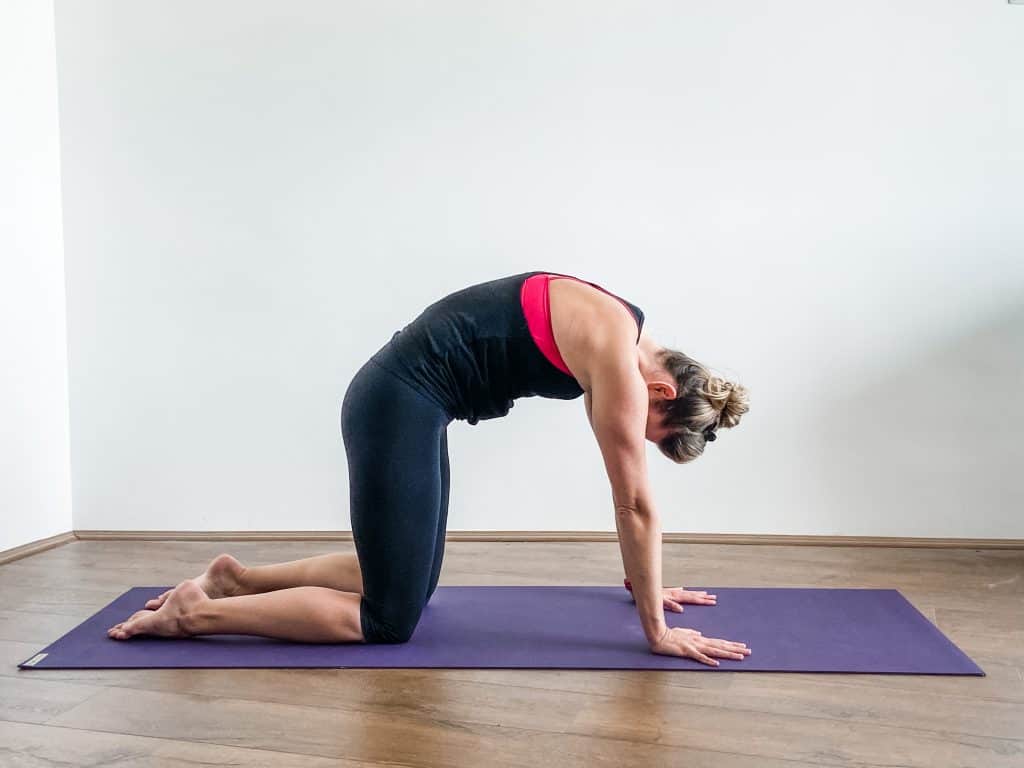
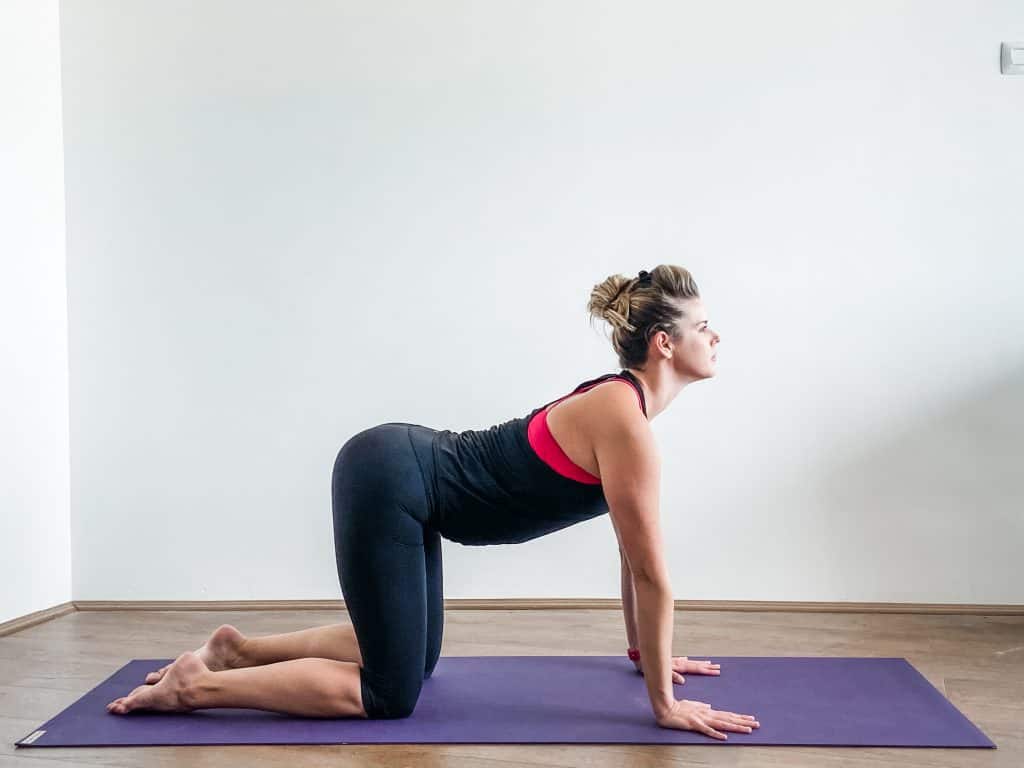
How to perform
- Get into a tabletop position with hands under the shoulders and knees under the hips.
- For “cat,” exhale, round the spine, tuck the chin, and press the floor away.
- For “cow,” inhale, drop the belly and lift the gaze.
- Slowly move through these two positions in a range of motion that’s comfortable for you.
4. Thoracic extension with a foam roller
Thoracic extension is a wonderful mobilization to counterbalance hours worth of forward flexion.
By bringing your elbows out to the sides, you can also stretch the chest muscles at the same time.
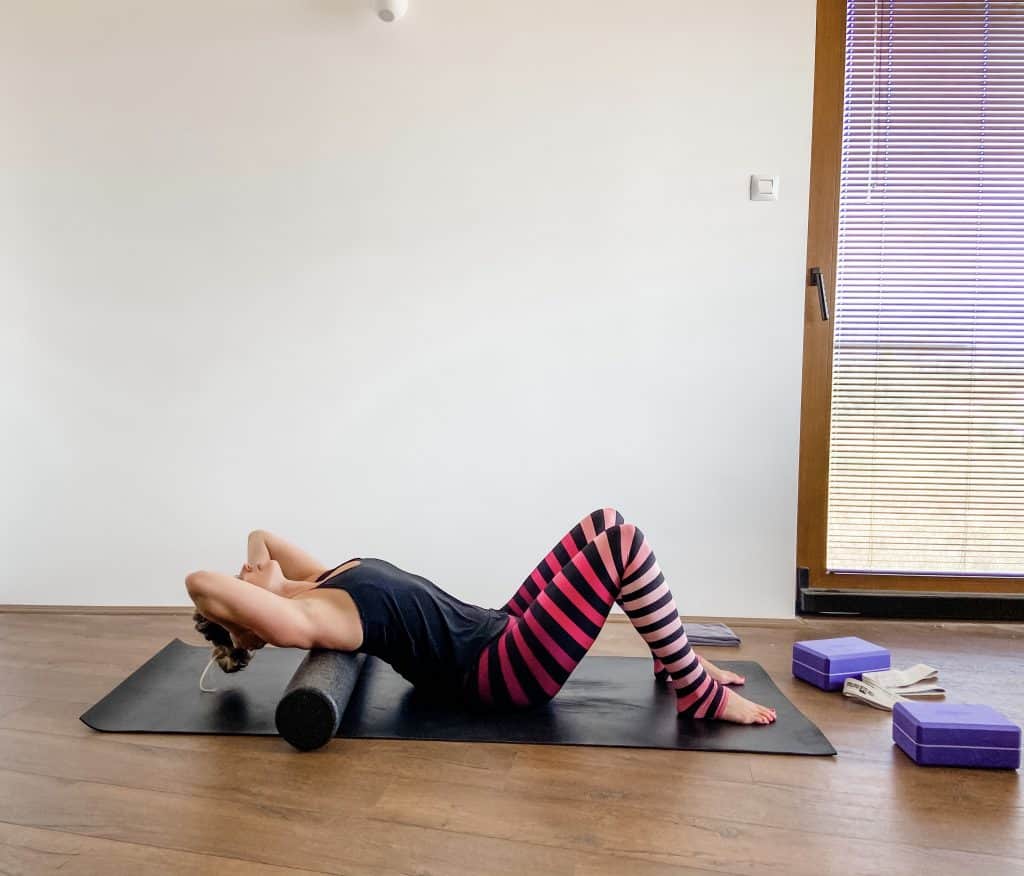
How to perform
- Sit on the floor and place the foam roller perpendicular to your spine at the shoulder blades level.
- Support your head and neck with your hands.
- Gently roll back, extending over the foam roller only as far as you feel comfortable. You may gently extend your neck while supporting your head with your hands.
- Tuck your chin and slowly lift back up and repeat ten times.
- Keep your bottom on the floor the whole time, hinging at the upper back for mobilization.
5. Shoulder extension
Shoulder extension helps open up the front of the shoulder and encourages active extension of the thoracic spine.
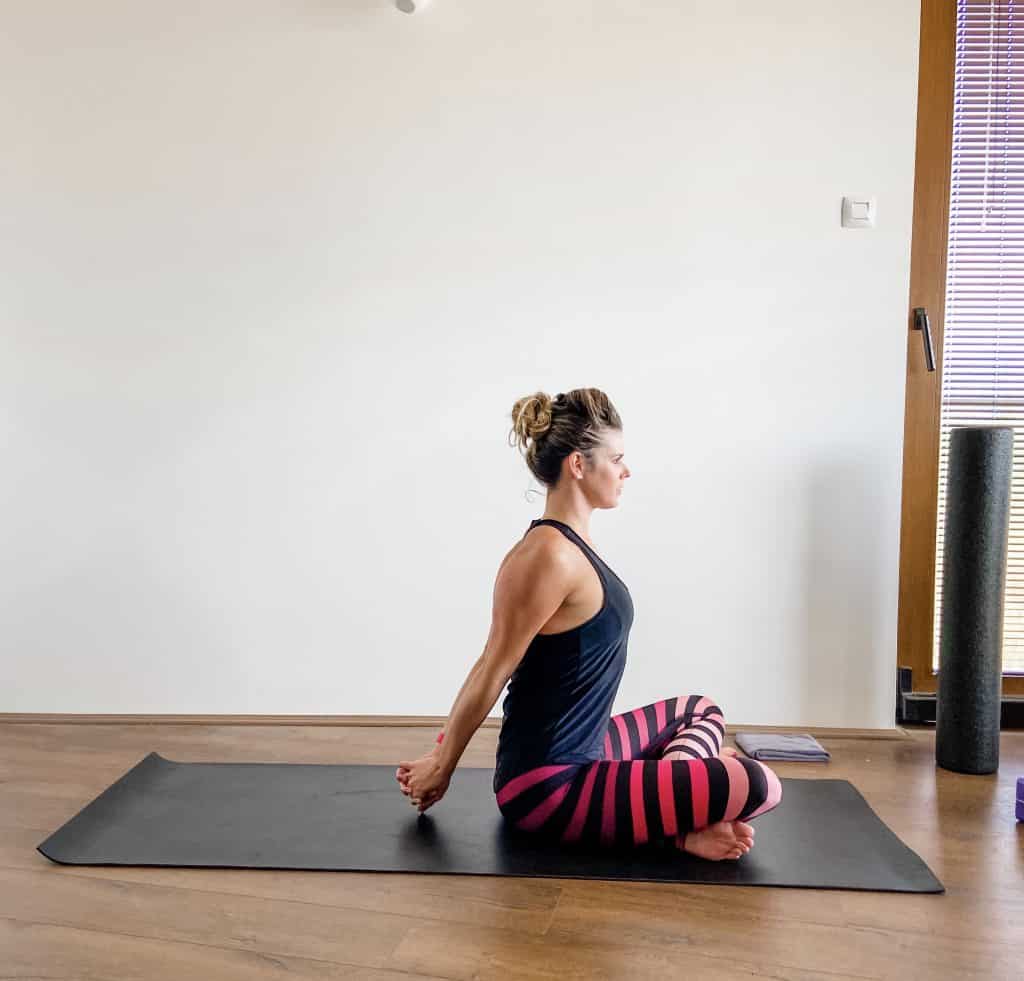
How to perform
- Clasp your hands behind your back at the sacrum.
- Upright your posture and gently press your hands down and away from your back.
- Keep breathing deeply and hold for 20-30 seconds.
- Repeat 2-3 times.
6. Assisted cervical extension
A common finding with tech neck is loss of the cervical spine curve with prolonged periods of time spent in poor posture. Assisted cervical extension with a towel is a great mobilization exercise to encourage the normal lordotic curve of the neck.
This exercise uses a towel to gently mobilize the neck joints, as is great for maintaining a healthy range of motion.
This motion is not for everyone. Always check with your doctor or physical therapist.
7. Upper back strengthening
Chronic poor posture can lead to muscle imbalance.
Upper back and scapular muscle strengthening exercises are also a key pieces to improving posture.
Some examples are:
- Rows
- Rear flies
- Planks
- Push-ups (with a plus)
- Scapular protraction/retraction exercises
- IYTWs in prone or over a physioball
Visit the Exercise Library for more ideas!
Best tools to combat tech neck
Give yourself some extra TLC to ease muscle tension with these tools undo the stress of tech neck pain.
Stretching & mobility tools
Foam rollers are inexpensive overall mobility tools that you can use for your whole body.
Myofascial release balls are similar to foam rollers in that they can be used for soft tissue mobilization and trigger point release. However, their smaller shape allows them to get deeper into your tissues, especially for harder to reach areas like the small muscles at the base of the skull.
Tools like the Posture Pump can help gently stretch your neck into extension to avoid losing the curvature in your spine.
Treat your own neck by Robin McKenzie
Treat Your Own Neck by Robin McKenzie (relax the back) is an easy to follow book written by a physical therapist to help manage neck pain.
There is also a version for the low back called Treat Your Own Back, also by Robin McKenzie.
Yoga resources
Check out my YouTube channel where you can find yoga for text neck and other beginner-friendly practices and pose tutorials for injury prevention.
If you’re looking for a studio at home experience with tons of class variety, check out Yoga Download.
Tech neck symptoms
Though it’s named “text neck,” you can see that symptoms can extend into other areas as well.
Surprise, it’s all connected.
- Neck tension, upper back, and shoulder pain
- Headache
- Forward head posture with loss of the natural lordotic curve of the neck
- Stiffness and reduced mobility of the neck and shoulders
- Increased pain with neck flexion, such as looking down at a phone
- Compression of intervertebral discs and spinal nerves (pinched nerve) or cervical radiculopathy
- Postural muscle weakness
Slumped posture can even contribute to decreased lung capacity in more sedentary individuals. Constant hunching reduces the space your lungs have to expand.
There are over 26 muscles that help to stabilize and move the head and neck. Talk about a group effort!
It’s also worth a note that although “text neck” is a newer concept with the rise in mobile tech use, symptoms like the above from a forward head posture have been around for ages, affecting anyone that performs activities like knitting, sewing, working with tools, or even reading a book in your lap!
Text neck is a repetitive stress injury that can lead to chronic neck pain if left untreated.
Head positions & neck strain
An average adult head weighs approximately 10-12 lbs.
Think about that the next time you pick up a bowling ball.
The neck muscles can handle this weight no problem in a relatively neutral position.
Many studies in the literature cite that for every inch the head translates forward, an additional 10 lbs. of stress is placed on the cervical spine.
By this calculation, at a neck position of 45 deg (your typical slumpy text neck posture), the neck would perceive approximately 49 lbs. of stress. (1kg = 2.2lbs.)
Suddenly your head is feeling pretty heavy. No wonder your neck hurts so much after looking down at your phone!
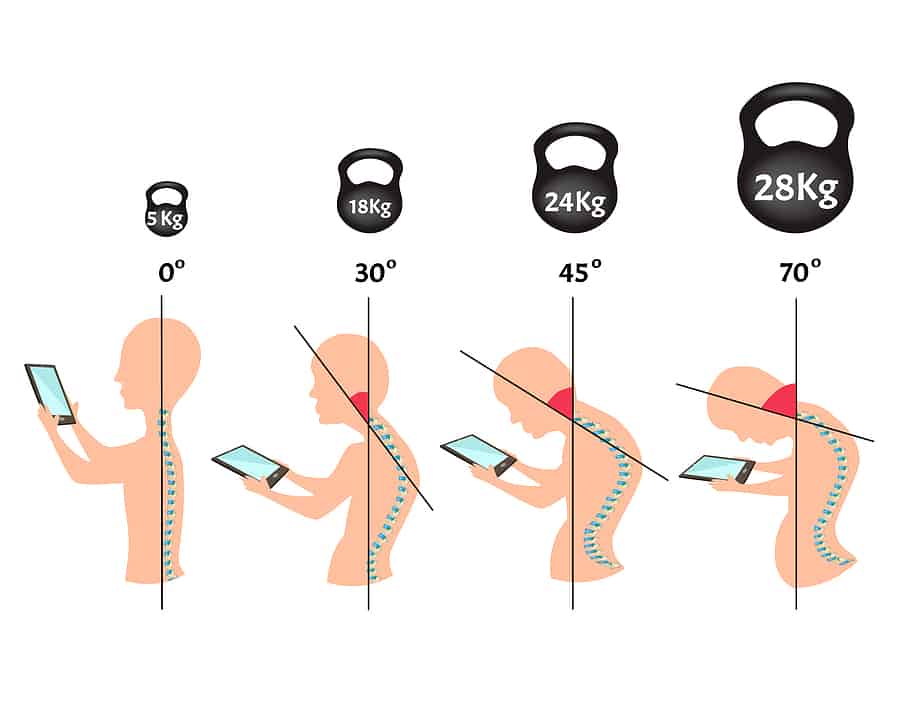
How to fix tech neck
Don’t wait until you have a debilitating case of text neck syndrome to do something. Take these proactive steps to prevent tech neck.
Mind your posture
Let’s take a minute to discuss proper posture.
Everyone thinks there’s only one “right” posture, and if you don’t have “it,” then it’s just the way you are.
The truth is, posture is a dynamic concept and there isn’t just one “correct” posture. Think of it as more of a healthy zone instead of one position to be held for all eternity.
Even if you remained in “technically perfect” posture for several hours, you’d still have aches and pains.
Instead, think of good posture as more of an optimally balanced window of motion, and while in this window, joints are stacked, and muscles are balanced.
This isn’t to say you can’t ever slouch again. Some positions are not necessarily bad, but when you stay in bad posture for hours on end and don’t make any motions to counteract, that’s when pain and muscle imbalances occur.
Maintaining healthy range of motion and adequate strength will help your body support you as you live and move in 3-D.
Making healthy posture a priority does require some attention and lifestyle modification. To learn how, keep reading.
Using tools like the Posture Pump can help you maintain the natural curves in your spine and get a gentle stretch after a long day at the computer.
Easy tips to prevent tech neck
It’s more than just neck exercises. Two of the most essential elements in avoiding tech-related chronic pain are having good ergonomics while you’re using technology and taking frequent breaks to move into other positions.
Here are some general tips to avoid text neck and fix forward head posture.
- Take frequent breaks, avoid the same position for long periods
- Use screen time monitors or timers to time block usage
- Instead of always looking down, lift the handheld device to your eye level
- Exercise regularly, including stretching and strengthening exercises
- Do yoga (try this yoga for text neck practice!)
- Get in the habit of monitoring your posture
- Don’t ignore soreness. That’s your cue to change your position.
- Get the right ergonomic tools for your office needs (more below)

Ergonomic tips to prevent text neck
- Avoid working on the couch or bed for prolonged periods.
- Use an ergonomic chair
- Use a footrest to firmly support yourself on the floor or a rocking footrest to keep your calves moving.
- Use a lumbar support pillow to encourage the natural curvature of the spine.
- Place your monitor straight ahead or use hardware to mount and swivel screens for your needs.
- Place the keyboard and mouse in an easily reachable position to avoid awkward positions, 1-2 inches above the thighs.
- Consider using a standing desk to alternate between sitting and standing.
- Take short breaks every 50-60 minutes for both your mind and body.
- Screen breaks are good for your eyes to reduce eye strain by focusing on other things in your environment (that aren’t technology!)
- Use a headset or headphones for phone calls.
Why “just getting a massage” doesn’t work
Massages feel great, don’t they? What happens the next day?
Don’t get me wrong. Massages are a great way to relax, relieve tension and stress, and incorporate into your overall wellness routine.
But they’re just one piece. And they’re passive.
You need to move your body to see lasting results.
Take the example of a painful, tight, and weak muscle. A massage may feel good temporarily, but it does nothing to address weakness or flexibility restrictions.
Do posture braces work?
This is another common question that skirts doing real work to fix a problem.
We’ve all seen those crazy contraptions that claim to strap your shoulders back and fix your posture!
Sorry, to make improvements in strength, flexibility, and habits, your body kindly requests the presence of your company. (Your physical therapist can be your plus one.)
Here are a few issues to consider with posture aids:
Even though the infomercial *promised* to fix your posture and change your life.
Benefits are temporary
When used too much, posture braces may serve as a crutch, weakening posture muscles over time because there’s no incentive for your muscles to work.
You may even start to feel worse when you don’t wear it.
Posture braces can make problems worse
Posture is also more of a whole-body involvement. If you correct just one area, it may make other areas worse due to dramatic changes in alignment. You’re missing critical pieces of postural awareness.
They also may not be adjusted correctly, or you’re possibly over-correcting.
It’s better to work with a physical therapist who can properly assess you and give direction specific to your needs.
Braces are not a cure for poor posture
A common thought is that wearing a brace “educates” your body on how to stay.
To truly improve posture and movement, you need to focus on stretching, strengthening, activity modification, and body awareness. This is the best way to educate your body.
Wrapping up
Before you get text neck from reading this lengthy article, I hope you’re ready to try some of these tips to help decrease neck soreness from technology.
For lasting effects, take breaks and get regular exercise to move your body through healthy range of motion and maintain good strength to support your activities.
If your symptoms don’t resolve with some easy home exercises for tech neck, consider physical therapy or chiropractic care to avoid chronic neck pain.
Now go get moving!
You might also like:
- The 7 Best Foam Roller Exercises to Combat Poor Desk Posture
- Do You Need A Standing Desk?
- Strategies to Keep Moving with Lower Back Pain
- Keys to Maintain Healthy Shoulders
References
Kwon JW, Son SM, Lee NK. Changes in upper-extremity muscle activities due to head position in subjects with a forward head posture and rounded shoulders. J Phys Ther Sci. 2015;27(6):1739-1742. doi:10.1589/jpts.27.1739
Mahmoud NF, Hassan KA, Abdelmajeed SF, Moustafa IM, Silva AG. The Relationship Between Forward Head Posture and Neck Pain: a Systematic Review and Meta-Analysis. Curr Rev Musculoskelet Med. 2019;12(4):562-577. doi:10.1007/s12178-019-09594-y
Samani, Pankti & Athavale, Neeraj & Shyam, Ashok & Sancheti, Parag. (2018). Awareness of text neck syndrome in young-adult population. International Journal Of Community Medicine And Public Health. 5. 3335. 10.18203/2394-6040.ijcmph20183057.
Sharan D, Mohandoss M, Ranganathan R, Jose J. Musculoskeletal disorders of the upper extremities due to extensive hand-held devices. Ann Occup Environ Med. 2014;26:22. Published 2014 Aug 6. doi:10.1186/s40557-014-0022-3


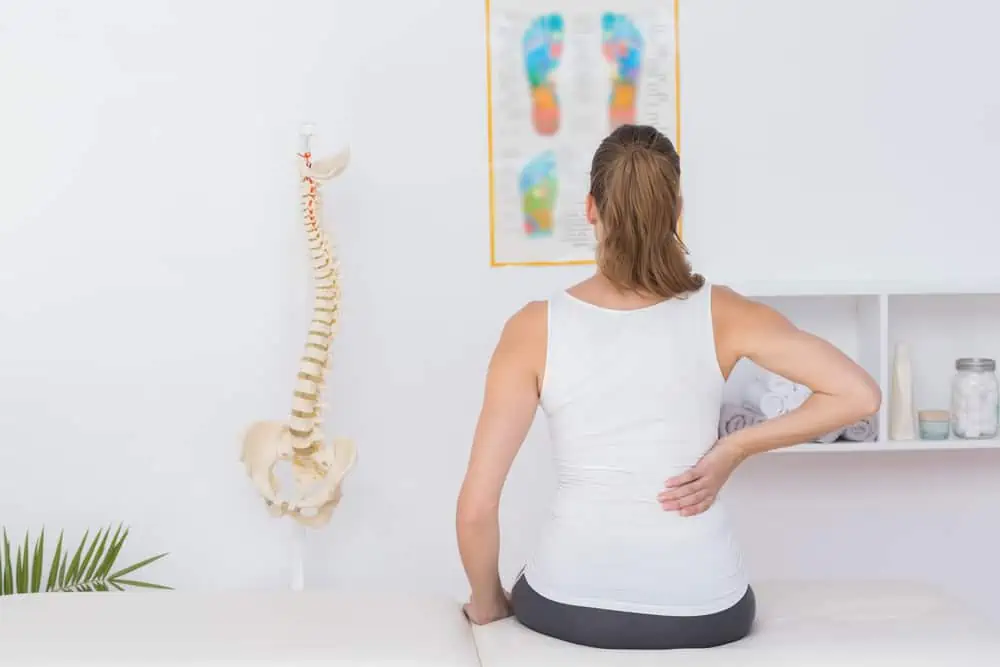
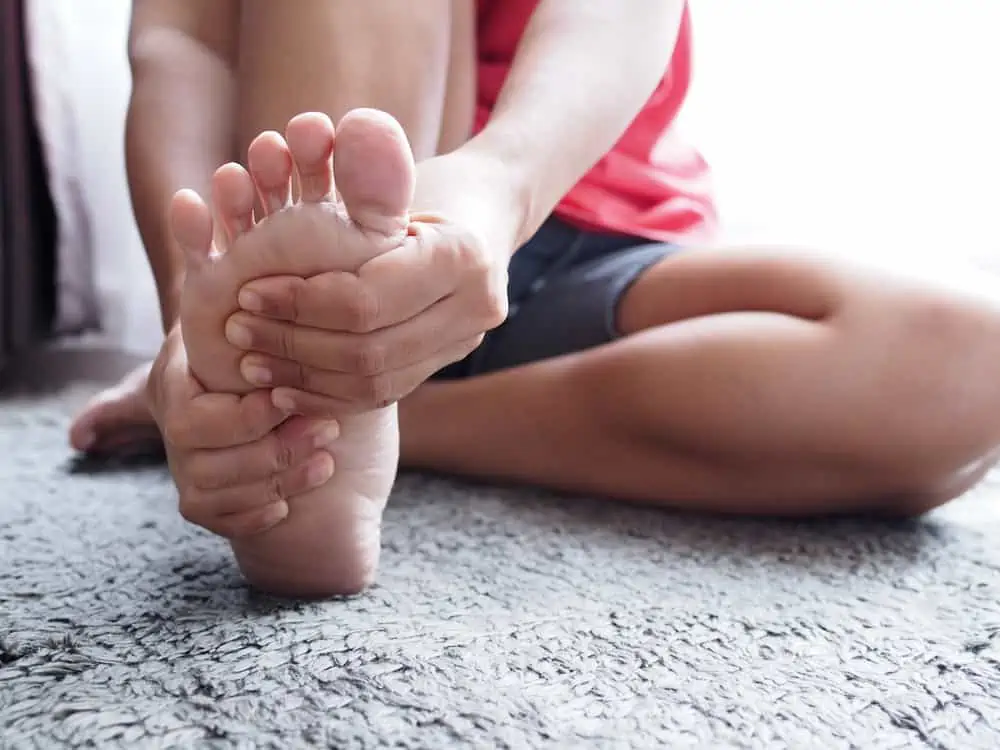
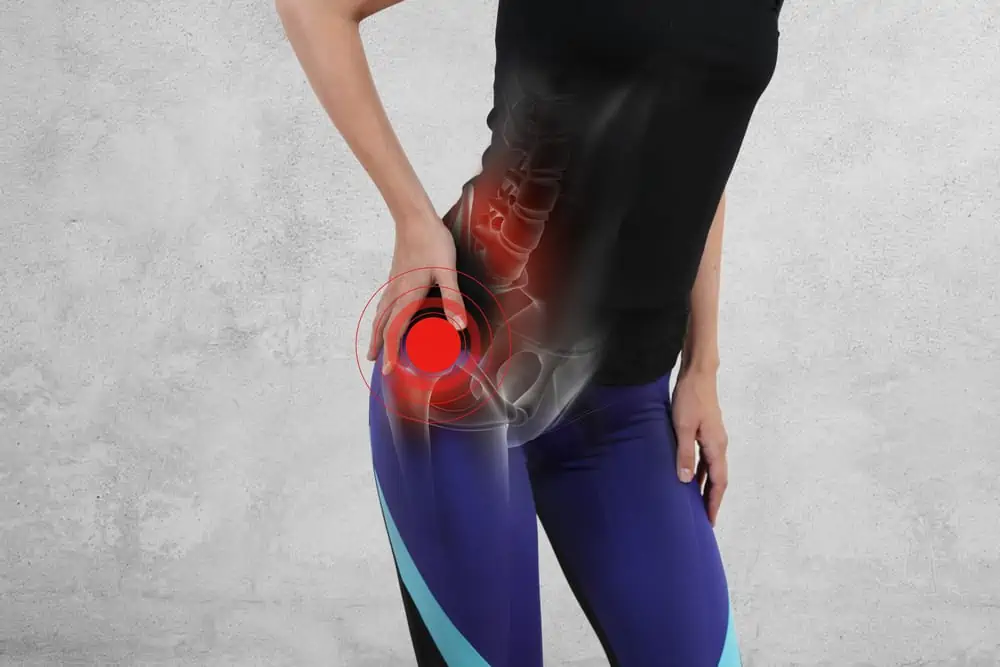



Hi Maura. To be honest, I’d never heard of Text Neck until I read this article. But I can see how, in an age where many people spend large amounts of time on their mobiles, it could be a problem. I think I’m probably old enough that I won’t get it (I still actually use my phone primarily for, well, phone calls!) but I’ll certainly keep in mind some of the exercises as preventative steps. Thanks for the guidance.
Thanks Richie. Even though it seems like a new concept with the rise in mobile tech use, pain from forward head posture has been around for a long time and is still an issue for anyone that does activities where they hunch forward, even reading, knitting, working with tools, etc. can all cause the same issues as the newly popular text neck!